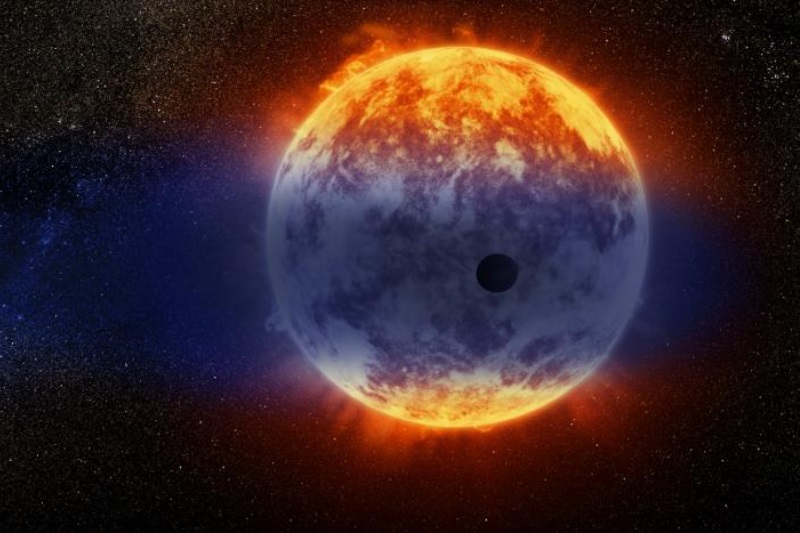- Sponsored -
Astronomers using ‘Hubble Space Telescope’ finds planet vanishing at record speed

According to the journal of Astronomy & Astrophysics, advance astronomers’, astronomers using the Hubble Space Telescope have discovered a planet roughly the size of Neptune is evaporating at a rate 100 times faster than a previously identified exoplanet of similar size.
- Sponsored -
It is to be noted that the speed and distance at which planets orbit their respective blazing stars can determine each planet’s fate – whether the planet remains a longstanding part of its solar system or evaporates into the universe’s dark graveyard.
David Sing, who is a professor at Johns Hopkins University in the US, said that this is the smoking gun that planets can lose a significant fraction of their entire mass. “GJ 3470b is losing more of its mass than any other planet we seen so far; in only a few billion years from now, half of the planet may be gone,” he added.
“We’re starting to better understand how planets are shaped and what properties influence their overall makeup,” Sing said.
According to the findings, Planets such as super ‘Earths’ and hot ‘Jupiters’ orbit more closely to their stars and are therefore hotter, causing the outermost layer of their atmospheres to be blown away. While these larger Jupiter-sized and smaller Earth-sized exoplanets are plentiful, medium Neptune-sized exoplanets – roughly four times larger than Earth – are rare.
Researchers hypothesise that these Neptunes get stripped of their atmospheres and ultimately become smaller planets. GJ 3470b is 96 light-years away and circles a red dwarf star in the general direction of the constellation Cancer.
Hubble found that exoplanet GJ 3470b had lost significantly more mass and had a noticeably smaller exosphere than the first Neptune-sized exoplanet studied, GJ 436b, due to its lower density and receipt of a stronger radiation blast from its host star.
GJ 3470b’s lower density makes it unable to gravitationally hang on to the heated atmosphere, researchers said. While the star hosting GJ 436b was between 4 billion and 8 billion years old, the star hosting GJ 3470b is only 2 billion years old.
A younger star is more active and powerful, and, therefore, has more radiation to heat the planet’s atmosphere. The team estimates that GJ 3470b may have already lost up to 35 percent of its total mass and, in a few billion years, all of its gas may be stripped off, leaving behind only a rocky core.
Also Read: NASA’s Juno Spacecraft nearing halfway of Jupiter mission
- Sponsored -
